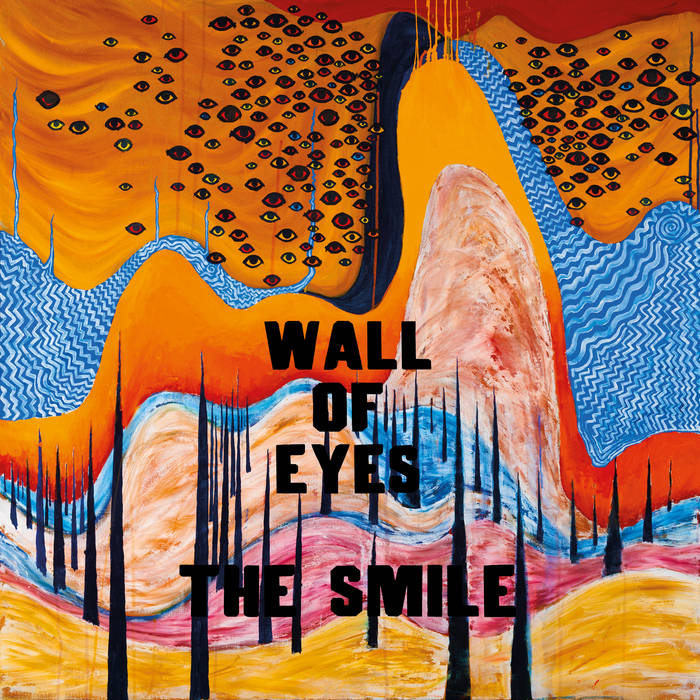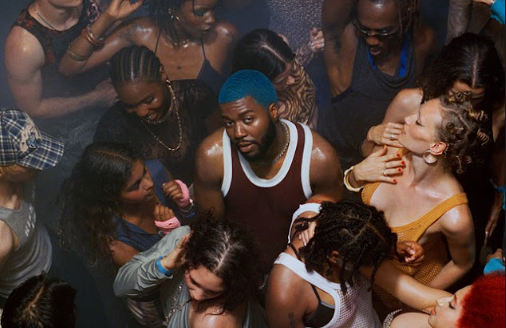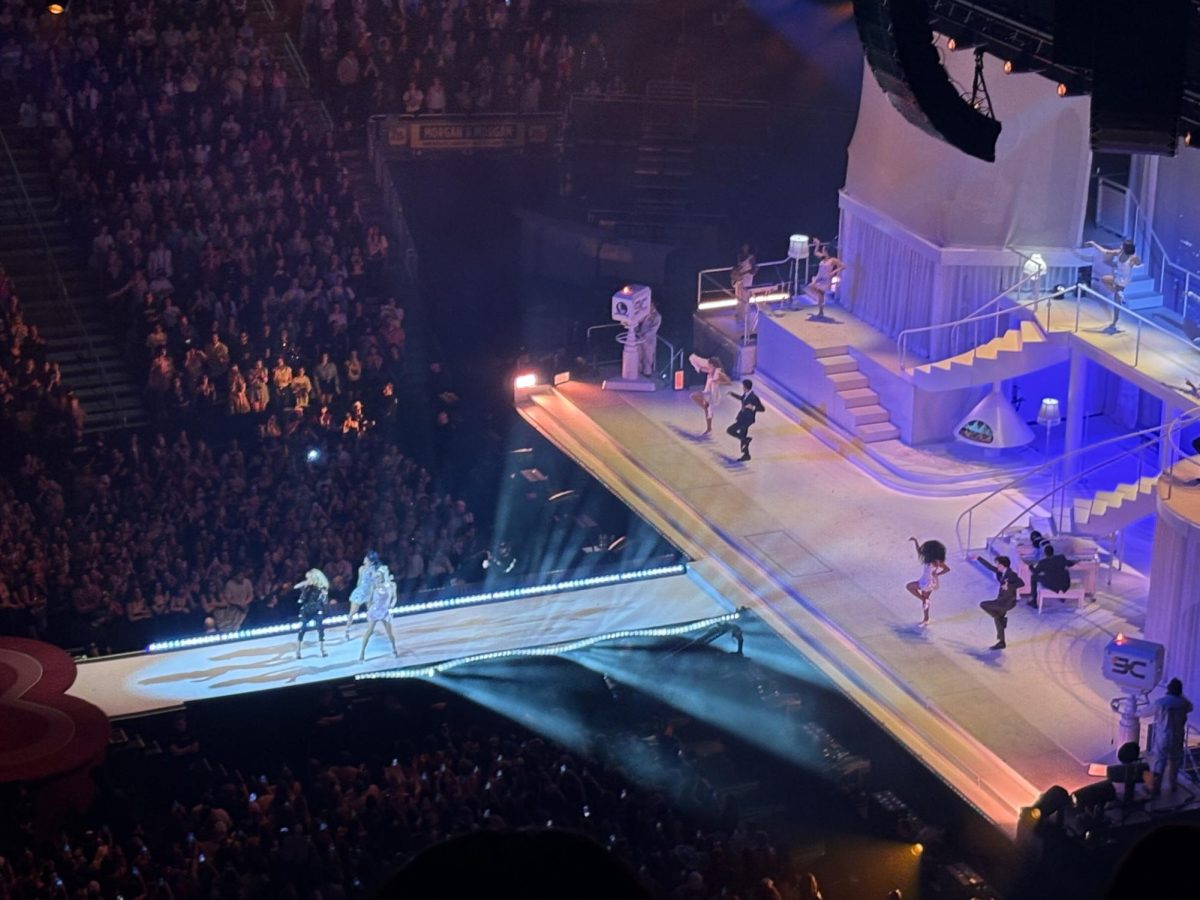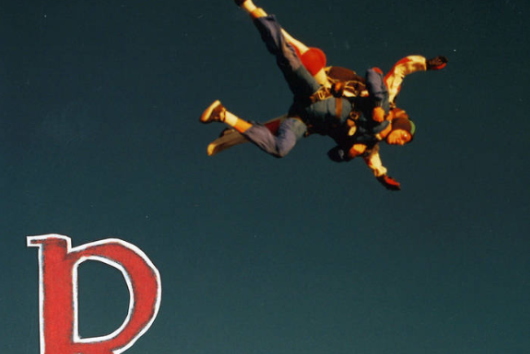Radiohead’s Thom Yorke and Jonny Greenwood’s most recent project, Wall of Eyes, is the second work produced by the duo under the title of The Smile. Working under The Smile name allows Yorke and Greenwood to create freely without the creative constraints of the massive name Radiohead, and it opens them up for experimental freedom – except it’s not really experimenting on this album.
Wall of Eyes, along with its predecessor album A Light for Attracting Attention, exemplifies the product of the recent resurgence of the jam band style, along with glimpses of Radiohead’s generous usage of synthesizers and auditory effects.
“Bending Hectic,” the penultimate song on Wall of Eyes, almost gives Radiohead fans a breath of fresh air by breaking from the melodious tendencies of The Smile, and returning to some of the more stereotypical sounds associated with the artists.
A complaint from many fans in regards to the recent releases is that Radiohead’s mother style has been completely lost, and Yorke and Greenwood’s new music just isn’t the same. However, true fans know this is not the case.
Radiohead’s Hail to the Thief and Amnesiac bridge the gap between fan favorites OK Computer and In Rainbows, which, unfortunately, causes many to forget about the two magnificent works of art.
Amnesiac is Radiohead’s fifth studio album, and is often paired with Kid A as the mark of the end of the band’s OK Computer era. The two albums, now commonly accepted under the name of the compilation album Kid A Mnesia, express a time of maturity in Radiohead’s discography.
Tracks like “Life in a Glasshouse” mark the intense capabilities of Amnesiac, but the majority of the album is able to maintain the mellow tone.
Another common trend of all of these albums is the excess usage of untraditional instrumentations, which is immediately shown in Amnesiac’s opening track, “Packt Like Sardines in a Crushd Tin Box,” which begins with a sound resembling bagging on a tin can.
Hail to the Thief is slightly less intense and desolate than Amnesiac, but it still harps on the slower, more entrancing sound.
Opening with “2+2=5” sets the tone for the ominous album, which varies greatly from the band’s previous tendency to gravitate towards misery-induced rock. With that being said, misery is still produced within the album, just in a much more drawn-out, melodramatic way.
The production styles between The Smile and this overlooked era of Radiohead’s development are nearly uncanny. Ambient jazz-inspired beats, Yorke’s exaggerated vocals, and overall eccentrically melancholy implications are key components of both, despite spacing over a decade in between releases.
While none of these albums lack individuality, and they each feature a variety of stylistic choices, their cores remain the same.














